Eyes Open or Closed: When Doubt is a Good Thing
No matter how long you practice meditation, you will always have questions. Even though you might feel quite settled in your practice, it can happen that one day a deeply embedded element of your practice just feels weird. This grabs your attention and you start to wonder if you are doing it right, if it makes sense anymore, if you should continue to follow your teacher’s instructions.
This is actually considered good progress on the path. Questioning what you are doing, and why and how you are doing it, is the beginning of really making the practice your own. In fact, when you start to dig into your practice by investigating your doubts about it, you begin transitioning from a person who sits on the cushion and watches their mind, to a person who sits on the cushion, watches their mind and has insights about the process and about themselves. These two stages are called Shamatha, calm abiding and Vipassana, insight.
Recently, someone who has had a long-time eyes open meditation practice had a good question. They had attended a guided meditation with a teacher who said, “Close your eyes.” So, they did. And it was soothing and relaxing and so pleasant. “So,” they asked, “do I have to keep meditating with my eyes open?”
No! You do not have to keep meditating with your eyes open. It just depends on why you are meditating and what results you want from your meditation practice.
So, ask yourself why you liked closing your eyes. There’s certainly nothing wrong with feeling relaxed. Then ask yourself if that is the result you want from your meditation practice. And maybe it is… sometimes.
What about when you want to feel relaxed and spacious, but also alert and present? Certain meditation methods suggest opening the eyes, but casting the gaze slightly downward to achieve this.
There are a host of contemplating, breathing, visualizing, chanting, movement and guided intentions that are labelled “meditation.” Each one of these has a particular set of instructions and usually offers the promise of a specific result, or the least a reason to give it a try.
Think of meditation like modern dance. Under this broad category there is Martha Graham, Twyla Tharp, Alvin Ailey, and many others. Each of these seminal choreographers developed a specific approach to dance movement by asking a specific question.
Martha Graham wanted to create movement that was the opposite of classic ballet, so she evolved a technique called Contract and Release, which is earthy, organic and deeply expressive.
Merce Cunningham wanted to make non-story or non-representational dances that were about dance itself: movement, space, and process. One way he did this was by throwing the I Ching to determine the structure of each performance by chance; no beginning, middle or ending was ever the same.
Alvin Ailey wanted to fill a gap in dance culture by creating a world class dance company, featuring black dancers and work which reflected the vast depth of black culture and expression.
Each of these great artists asked different questions and came up with different answers, but they are all what we call modern dance.
Meditation is the same way. Each method asks a question and offers a path for exploring that question.
For example, shamatha is a method for getting to know your own mind better, developing a habit of non-reactivity and growing self-compassion, which expands into compassion.
A mindfulness meditation practice session is just that, practice. It is not about ginning up any kind of experience in your meditation session. It is a mind training exercise so you can develop stability, strength and clarity. It’s training for real world life, which is why it is best practiced with eyes open.
I like this quote from Dan Zigmond, that popped up in my inbox today from Daily Tricycle:
Meditation is really about what happens when we stop meditating. A big part of why we practice mindfulness in a quiet room away from distractions is so we can draw on that skill when we’re in a noisy office surrounded by chattering coworkers.
If you are interested in the opposite—a temporary respite from your world—even for just 15 minutes, then it makes sense to close your eyes.
Closing the eyes is also nice for pranayama practice: exploring the movement of the breath as it passes through the nostrils, into the lungs and expands the ribs. Sometimes closing your eyes can help you connect to sensation.
There are also practices invoking a specific deity and their qualities of compassion or love or peace or fierceness. Closed eyes can help visualize these qualities pouring into you.
So, you can see, that the answer to open or closed eyes depends on the result you want from your practice. Of course, you can do a different practice every day depending on your mood. But I want to be clear that doing that is NOT recommended.
What IS recommended is to explore a variety of practices and then pick one. Stick with it for at least a year. Don’t expect a big hit of magic right away. Try to be consistent, which does not mean you have to do it every day. (next Substack will talk about how to do this.)
If you want to let someone else guide your attention or offer you an intention, that’s fine, but know that guided meditation will not lead to you developing your own practice.
If you want to rest your eyes, get a massage, do some breath work, or restorative yoga, that is great. Do it!
But try to keep your shamatha as your base practice. This is the only way you will get results. Keep up your practice, even with your doubts. This is how your practice ripens and the results become more clear.
But, hey, you don’t have to trust me! Why don’t you try it out for yourself.
Even the Buddha told his followers not to take his word. He said:
“Do not believe in anything (simply) because you have heard it;
Do not believe in traditions, because they have been handed down for many generations;
Do not believe in anything because it is spoken and rumored by many;
Do not believe in anything simply because it is found written in your religious books;
But after observation and analysis, when you find that anything agrees with reason and is conducive to the good and benefit of one and all, then accept and live up to it.”
Meditation Prompt
Sit for 3-5 minutes, contemplating your motivation for meditating. Your “why” and your “what.” Why do you want to meditate? What results would you like to cultivate?
You can do this by thinking or you can do it as a journaling exercise.
Think of this question like a sculpture. In your mind, walk around it, look at it from every angle. Consider every aspect of these questions: why do I want to meditate. What is my motivation? What do I want to develop in my mind and in my life?
Notice when your mind strays. If you go off on a tangent, that’s ok. Gather your mind and bring it back to the question… again and again.
After your contemplation, sit quietly for 2 minutes.
Even if you are an experienced meditator, considering your motivation is always an enlightening practice.
If you liked this article, please scroll down to the bottom and “like” or comment. Substack tells me it helps more people see this post when that happens. Thanks!
If you found this article valuable, please feel free to share it with your friends!
Practice Opportunities
Lifting the Gaze Retreat in Taos, New Mexico!
ONLY ONE MONTH AWAY!
We love retreating at the Mabel Dodge Luhan House in Taos. But 2025 will be our last year there. If you are thinking about it, I say go for it! Please feel free to send me any questions or concerns—just respond to this email.
This retreat will be all about meditation practice. How does the practice of shamatha, mindfulness meditation, actually impact your life? What is the technique and how does it relate to my thoughts and actions off the cushion? A daily dharma talk, short discussion and practice will help us integrate meditation into the wholeness of our life.
Great for beginning meditators or anybody who wants a refresher.
September 29 - October 3
30 min/day
12:15-12:45pm ET
December 1 - December 5
15 min/day
12:15-12:30pm ET
Paid subscribers, and Moon and Stars sangha members: You can redeem your $40 discount pricing using the button at the bottom of each retreat’s registration page.
Also, you can purchase both retreats (September & December) for $80:



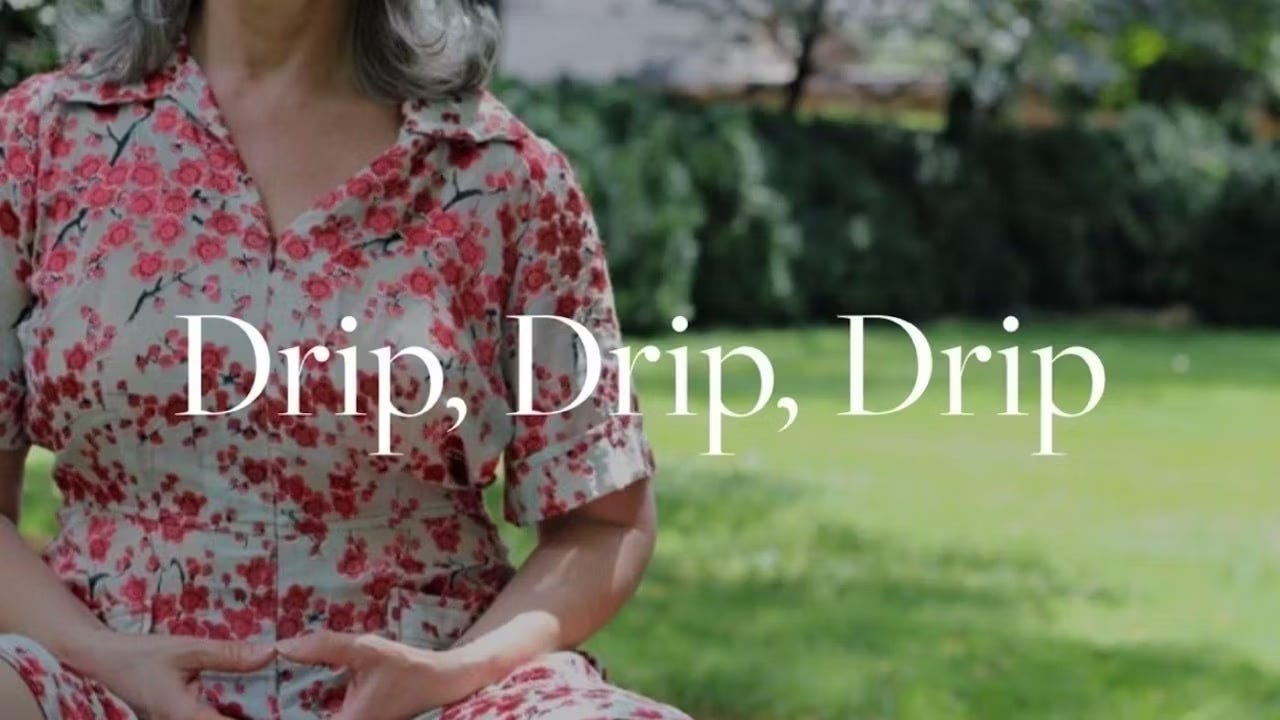







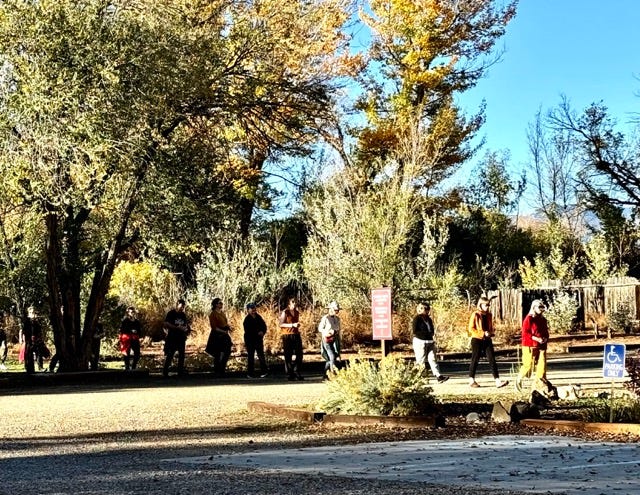
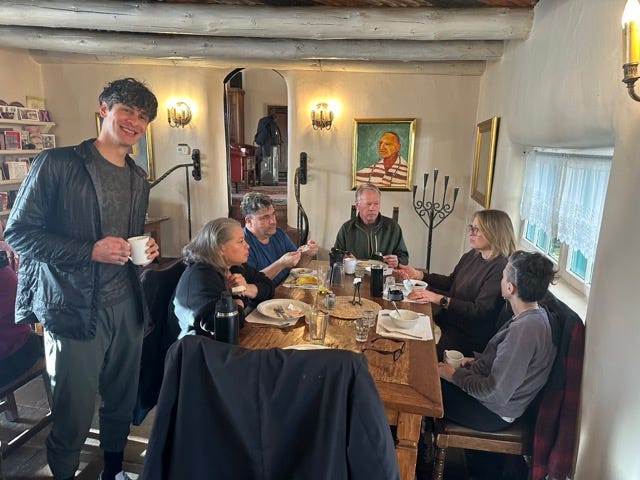
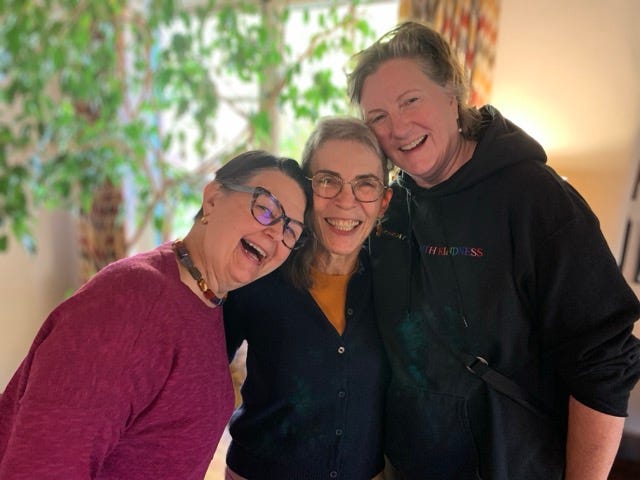
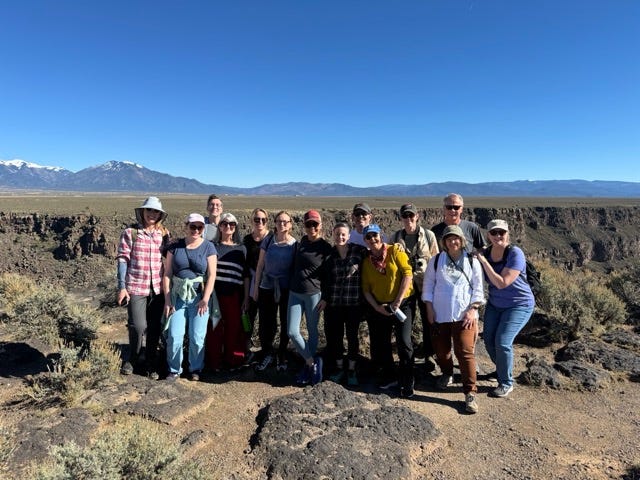

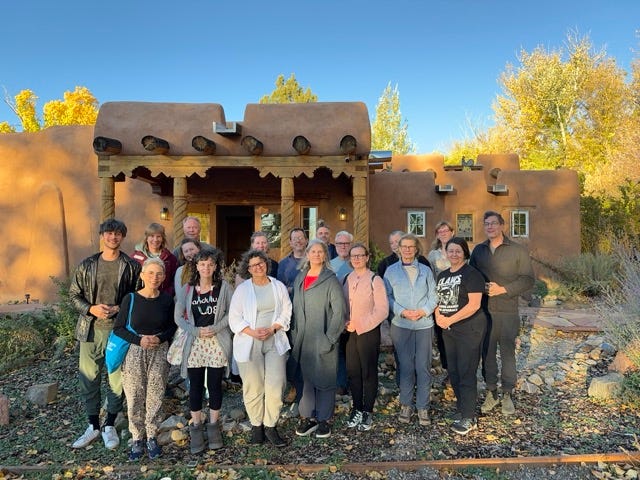
I truly appreciate your thoughtful written discussion about eyes open/eyes closed in meditation. Because you are my teacher, I practice with eyes open as this is the way you taught me. However, as you suggest with your modern dance example, there are many ways to meditate. I think where we get into the weeds is when we stress over open/closed eyes. This pulls the mind away from the practice and might cause someone to just stop. There are times to practice with eyes closed such as Lovingkindness meditations. I believe shamatha is the foundation for all meditation practices. Just like all buildings need a strong foundation, whether tall or short, so do meditation practices. Strength, stability, and clarity result and the wild world becomes a bit more manageable and we find calm peaceful abiding.
As always, my thanks to you my sweet teacher.
Meditation is really about what happens when we stop meditating.